
(IN) - THE - MOMENT; A MOMENT THAT KEEPS ON GIVING
Being in-the-moment is often associated with mindfulness, yoga, and breathing exercises. While not a new concept, the interest in it has significantly increased over the past decade. For me, being in the moment is about how deeply we observe and therefore interact or engage with that moment.
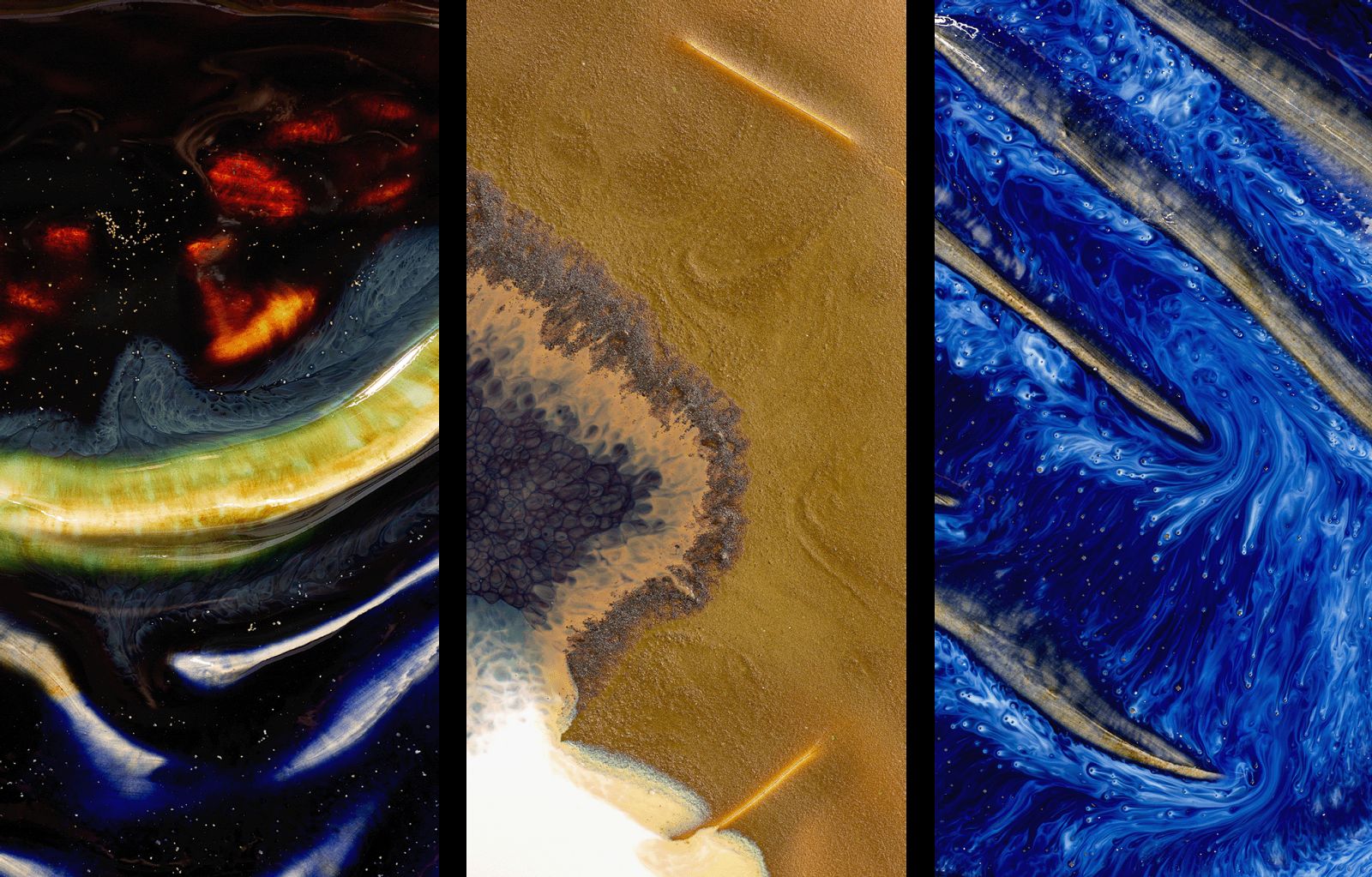
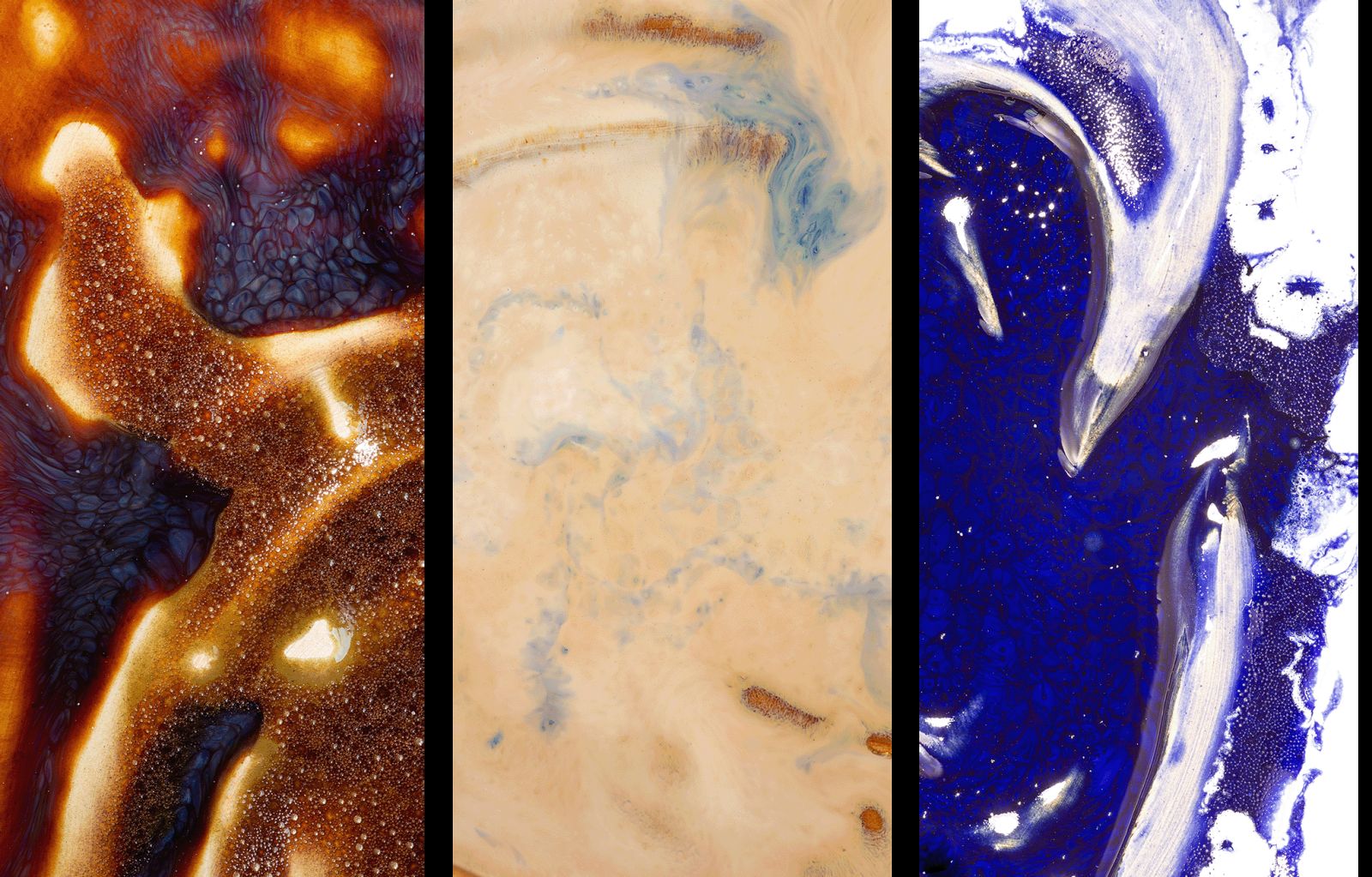
My project consists of a sequence of immersive photographs of ceramic glaze that meditates on the perception of time. The arrangement creates a moment of spectacle that is captivating, using the amalgamation of color, scale and detail. Through extensive research of various oxides and layering of glazes, I have been searching for a sense of movement, motion, and depth. While the glaze presents a frozen moment in time, its exploration and observation happen over time. This allows for a rupture of chronological time and invites an “in-the-moment” experience. A moment that keeps on giving aims to reveal new details and insights by way of ongoing observation.
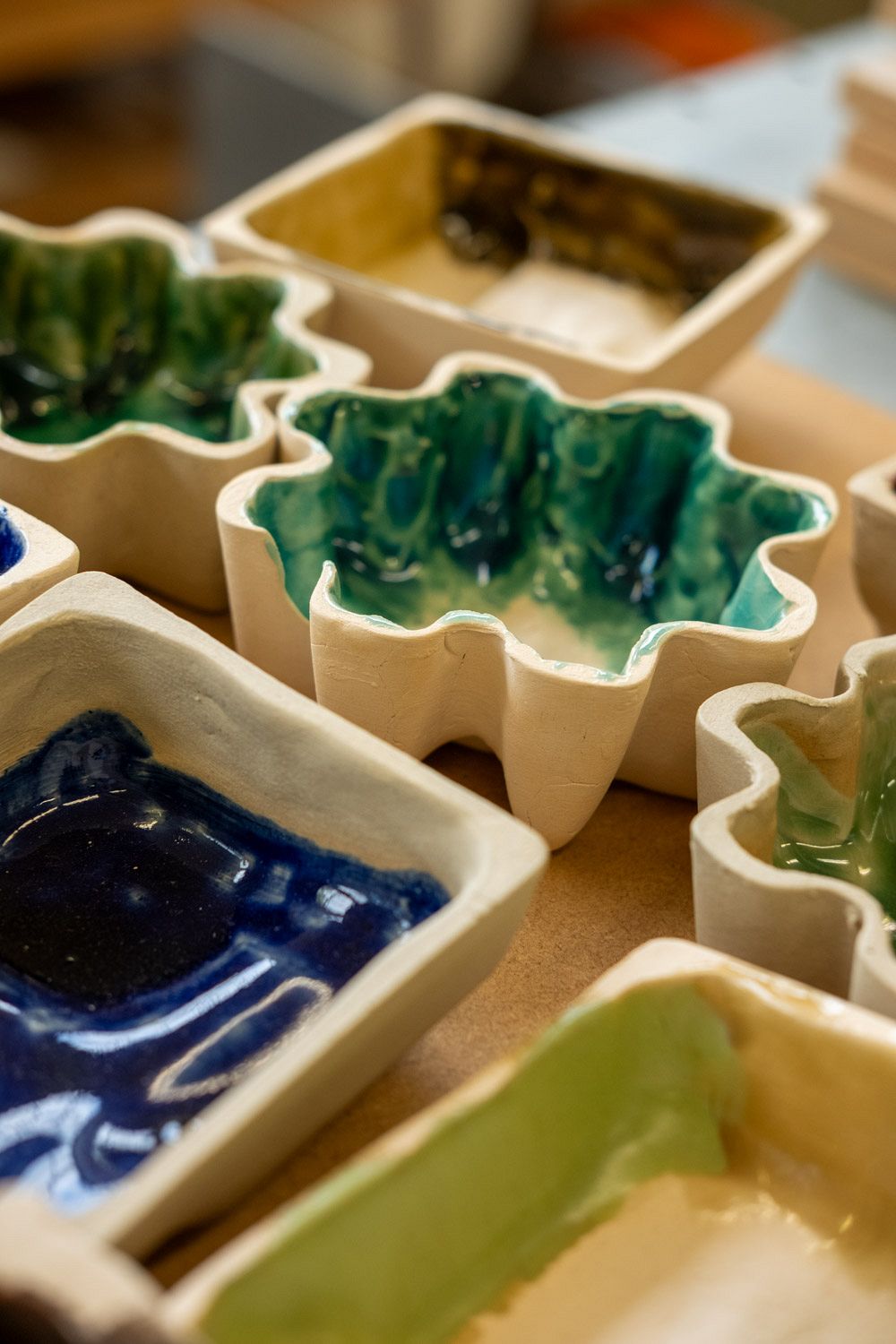

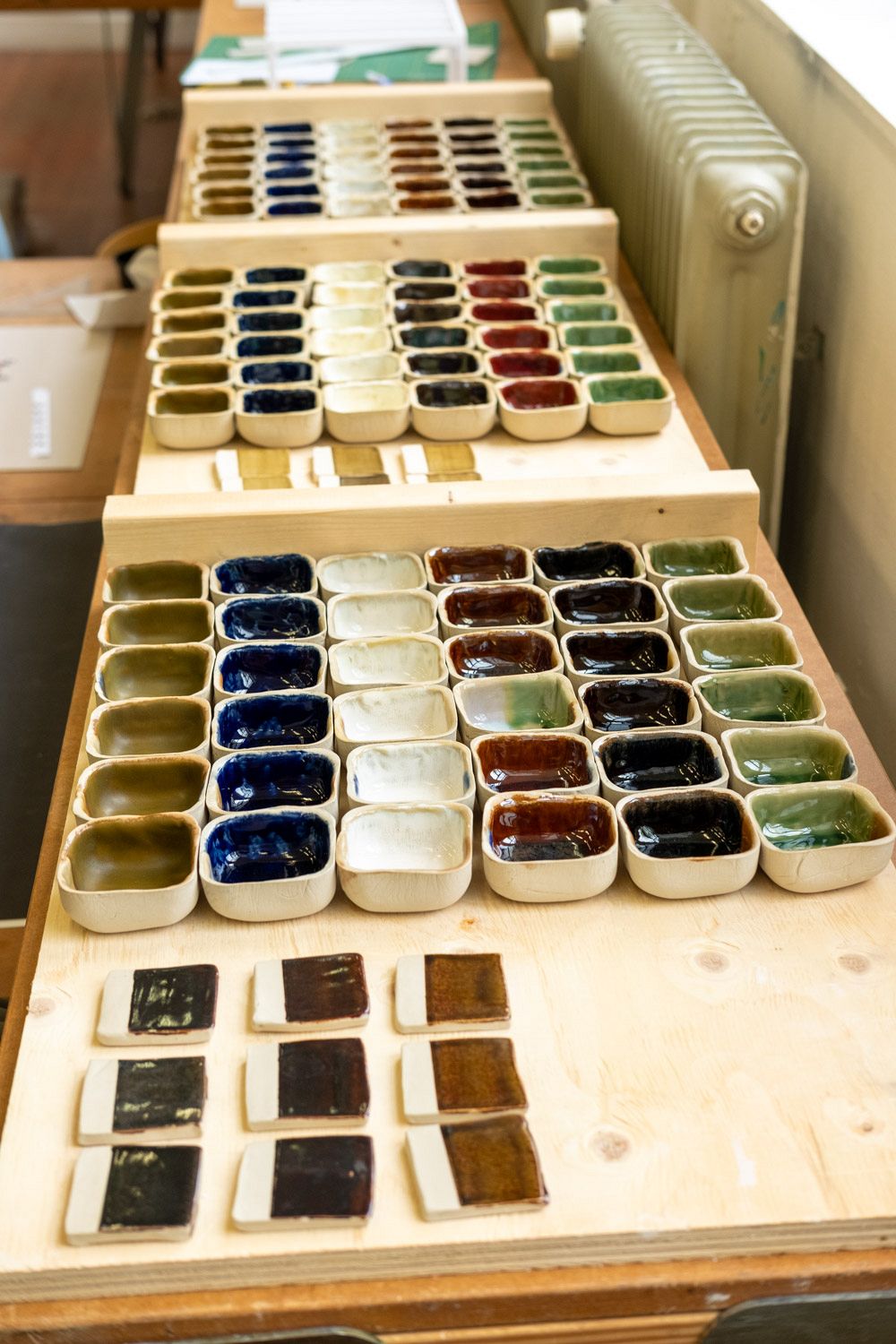

"I find myself in New York City, at the Museum of Modern Art, As I walked into one of these timeless “white cube” galleries I got captivated by a particular artwork. I observed myself being amazed by the immense scale, vibrant colors, and layers upon layers of paint. It created a moment of spectacle with details revealing a world of its own, that kept giving new perspectives to explore. As I spent fifteen to twenty minutes immersed in front of this painting, I could not help to notice the constant stream of visitors pausing briefly for a photo, a selfie, or a quick glance before moving on. This made me think: what does it truly mean to be in-the-moment?"
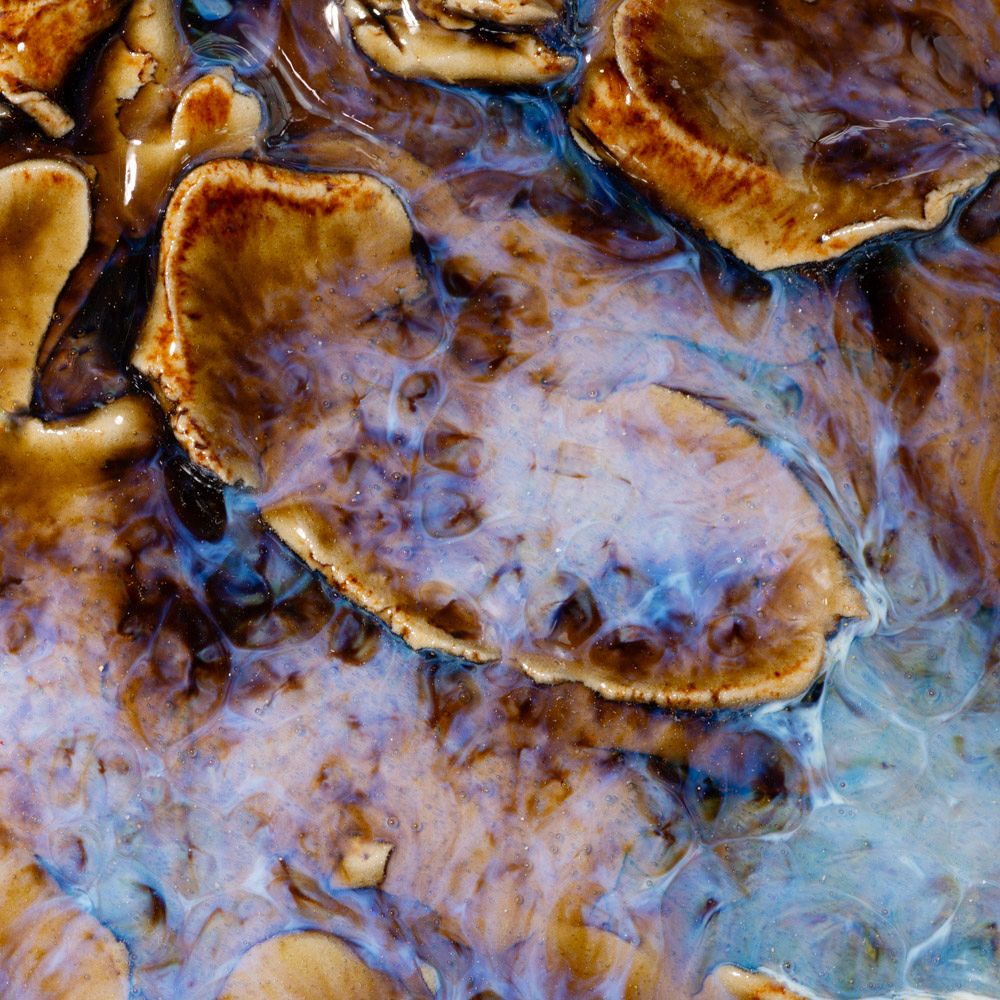
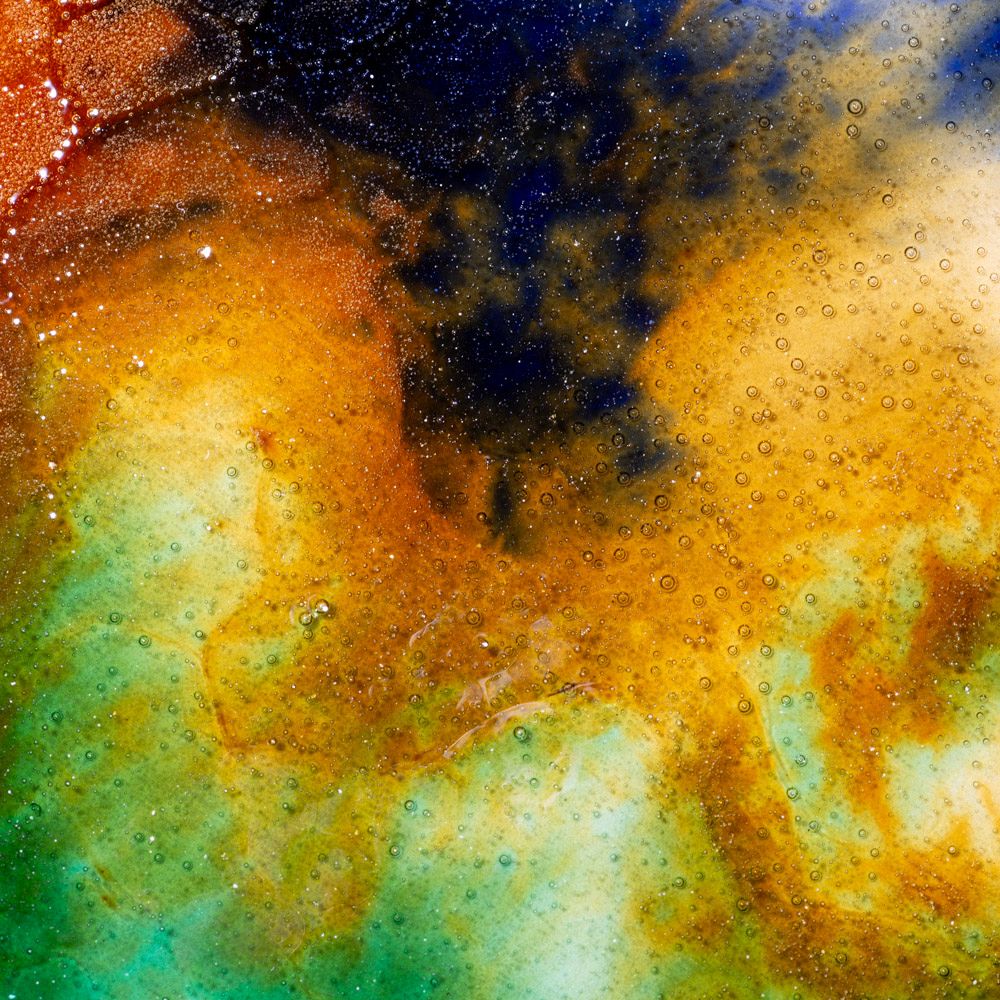
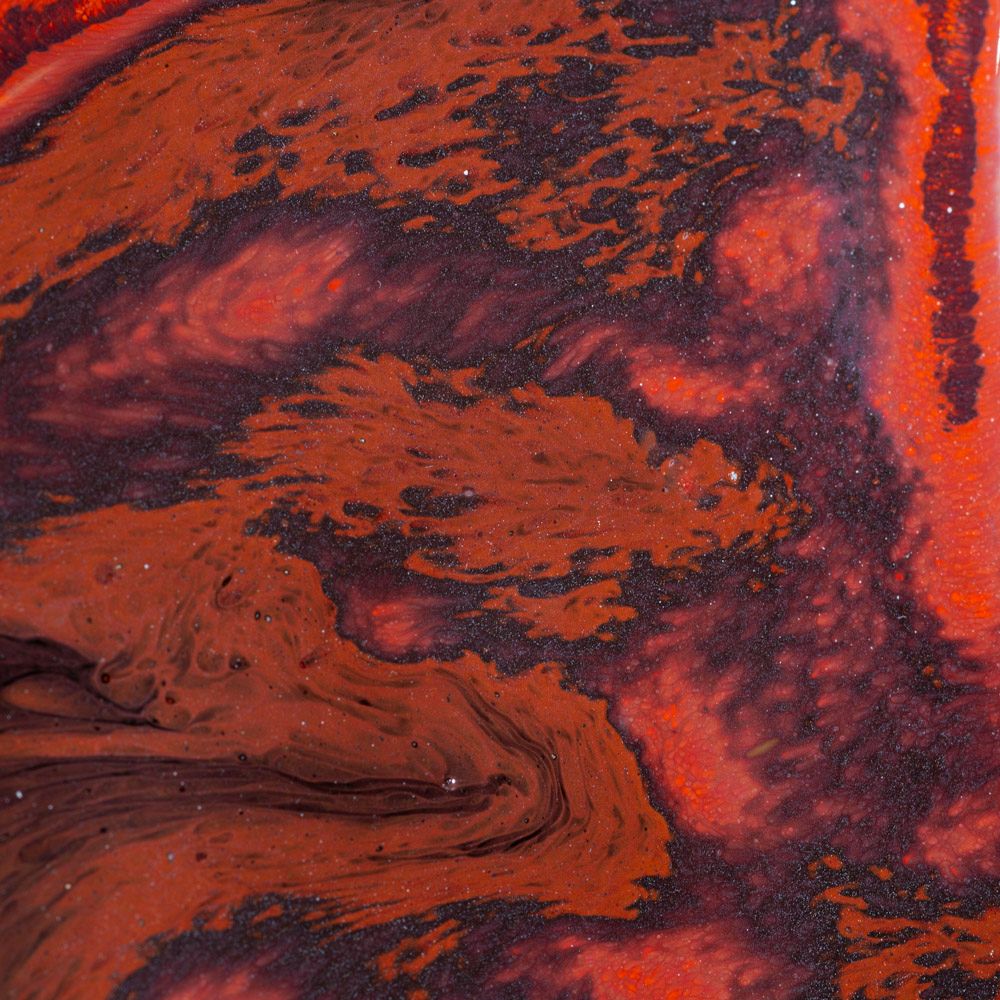
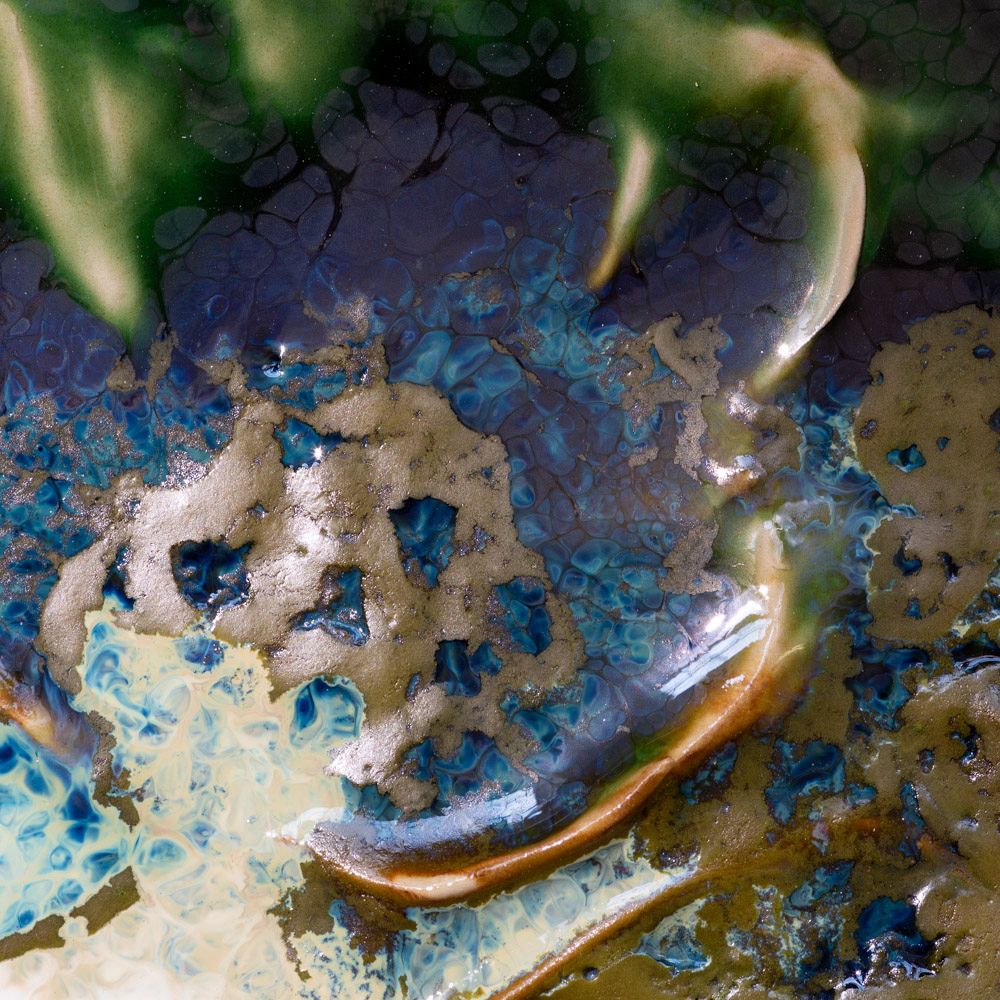
The first half of the academic year I have been writing my paper. It delves into the play between the perception of space and time in comparison to that of “Smart-Devices.” It is an exploration that weaves together insights from neurology, psychology, and philosophy with subjects of presentness, consciousness and remembering. For my project I manifested the conclusion of my paper into a physical object. It was important for me that the photographs were immersive and recognizable in a particular way, creating a captivating spectacle. They can be perceived both as individual moments and as a sequence of interconnected moments, creating a dynamic structure that challenges your perception. It is my approach to attempt to answer the question: How do I make people observe for just a moment longer than a glance?